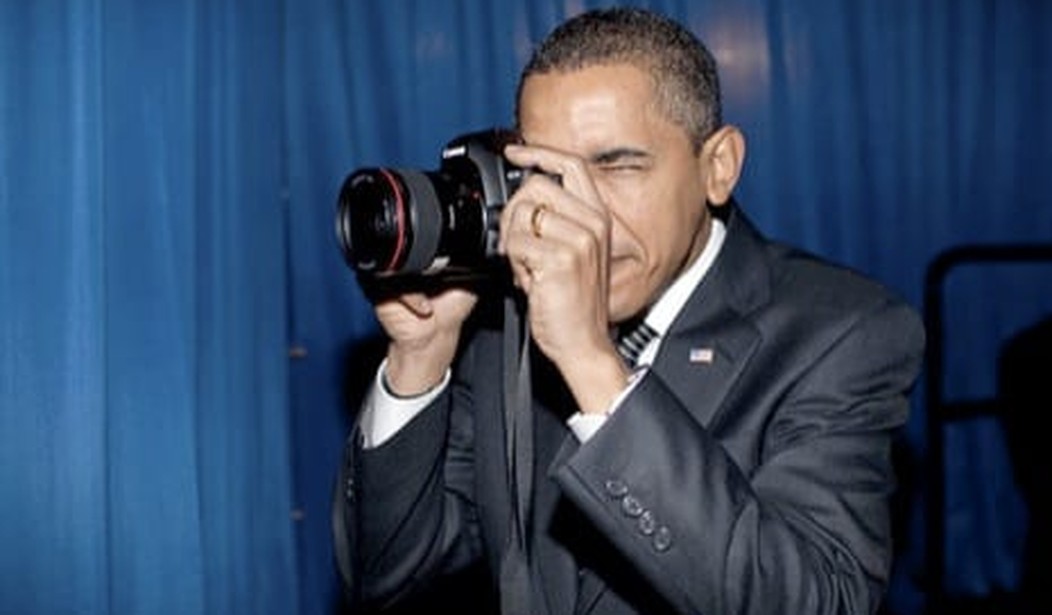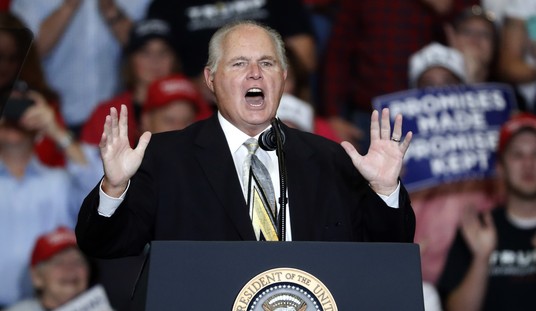WASHINGTON — In complaints that one might hear of a third-world government, the chorus of press-freedom advocates and journalists decrying the Obama administration’s access and attitude toward the media is just growing louder.
At Thursday’s White House press briefing, 17 testy minutes were dedicated to peppering press secretary Jay Carney about access to the president for press photographers.
Santiago Lyon, a longtime photojournalist and head of the photo department at the Associated Press, wrote an op-ed in the New York Times on Thursday slamming the White House’s “draconian restrictions” on press photographers and branding its handout photos “propaganda.”
Lyon said the “undemocratic” policies of the administration that pledged to be the most transparent ever began on Day One of President Obama’s first term, when the press corps was banned from photographing Obama during his first day on the job. Since then the media have only gotten two photo opportunities with Obama alone in the Oval Office, both times when the president was speaking on the phone.
The White House has pointed to the stream of photos from its official photographer, Pete Souza, available on social media, but Lyon argued that the quality of the photos misses the point.
“By no stretch of the imagination are these images journalism. Rather, they propagate an idealized portrayal of events on Pennsylvania Avenue,” he wrote. “If you take this practice to its logical conclusion, why have news conferences? Why give reporters any access to the White House? It would be easier to just have a daily statement from the president (like his recorded weekly video address) and call it a day. Repressive governments do this all the time.”
Lyon’s observations come a few weeks after a photographers’ revolt of sorts at the White House. The White House Correspondents’ Association and 37 news organizations joined in sending a letter to Carney stressing that previous administrations have recognized “the right of journalists to gather the news is most critical when covering government officials acting in their official capacities.”
“It is clear that the restrictions imposed by your office on photographers undercut the President’s stated desire to continue and broaden that tradition,” they wrote. “To exclude the press from these functions is a major break from how previous administrations have worked with the press.”
At the core of the protest is the simple fact that “journalists are routinely being denied the right to photograph or videotape the president while he is performing his official duties.”
“As surely as if they were placing a hand over a journalist’s camera lens, officials in this administration are blocking the public from having an independent view of important functions of the Executive Branch of government.”
Journalists were especially irked at how, the day that letter was sent, the White House tweeted an official photo of news photographers being allowed to take pictures of Obama signing a bill at his desk.
USA Today announced it wouldn’t run official White House photos unless there was some extraordinary national security circumstance that meant press corps photographers could not be present. Other news agencies stressed policies that handout photos are only to be used in exceptional circumstances.
The photo storm has been brewing for some time, but really caught fire a month before the photojournalists’ letter, after the Committee to Protect Journalists — an organization that often focuses on the ill treatment of reporters in repressive regimes — issued a scathing report charging that the White House “curbs routine disclosure of information and deploys its own media to evade scrutiny by the press.”
The report also highlighted something we in the media see every day: “Many of Obama’s important meetings with major figures from outside the administration on issues like health care, immigration, or the economy are not even listed on Obama’s public schedule. This makes it more difficult for the news media to inform citizens about how the president makes decisions and who is influencing them.” Sometimes the White House issues readouts — summaries with pro-administration wording — after such meetings in lieu of allowing reporter access. Then the administration releases its own “newscast” with sanitized coverage by administration staffers, West Wing Week, on the White House website.
Washington Post Managing Editor Kevin Merida told CPJ that this White House is hypersensitive about its press coverage, constantly calling reporters and editors to complain about the content of coverage. “Sometimes their levels of sensitivity amaze me—about something on Twitter or a headline on our website,” Merida said.
Some journalists interviewed for the report compared the Obama White House press mentality to a campaign mentality in which the first obligation is to control the message. “The Obama people will spend an hour with you, off the record, arguing about the premise of the story,” said Josh Gerstein, who covers the White House for Politico. “If the story is basically one that they don’t want to come out, they won’t even give you the basic facts.”
The White House responded to CPJ by stressing that Obama gave more interviews on entertainment and news shows than George W. Bush and Bill Clinton did in their first four years combined. And Carney brushed off the observations about constant White House complaints as “natural tension” between the media and the administration that happens under every president.
But at Thursday’s briefing, Carney was trying to deflect complaints from the corps assembled before him, and trying to fall back on his own media experience as if that created some sort of kinship with their grievances.
“I personally, as someone who was a reporter for 21 years, have a great deal of passion about this issue, and believe strongly in the necessity of a free and independent press to cover the White House, the government, Washington. When it comes to photographers, you know, I have enormous regard, and so does the president, for the work that they do, for the power of their images and what they can convey,” Carney said. “…Now, the tension between White Houses and White House press corps over access is longstanding, and I think you and I and others have discussed that. I remember having debates about these issues when I was sitting in your seat.”
Carney was reminded that when Obama was at the podium of Nelson Mandela’s memorial service, Souza was the only photographer allowed — even though there could have been a “terrible incident” with the fake interpreter who claimed to be schizophrenic just steps away from the president.
“I think our staff went to great lengths to get as much access for all of our traveling press as we could,” he replied.
On the observation that the Obama administration has been the worst on press access, Carney shot back, “I can show you a letter from the White House News Photographers Association to my predecessor in the Bush administration complaining.”
“What I can also assure you is that we will not create a day that has never existed, at least in modern times, when everyone in the White House Press Corps is satisfied with the amount of access they get to the president. That would be, I think, impossible to expect,” he said.
As New York Times public editor Margaret Sullivan wrote earlier this year, “it’s turning out to be the administration of unprecedented secrecy and unprecedented attacks on a free press.”









Join the conversation as a VIP Member